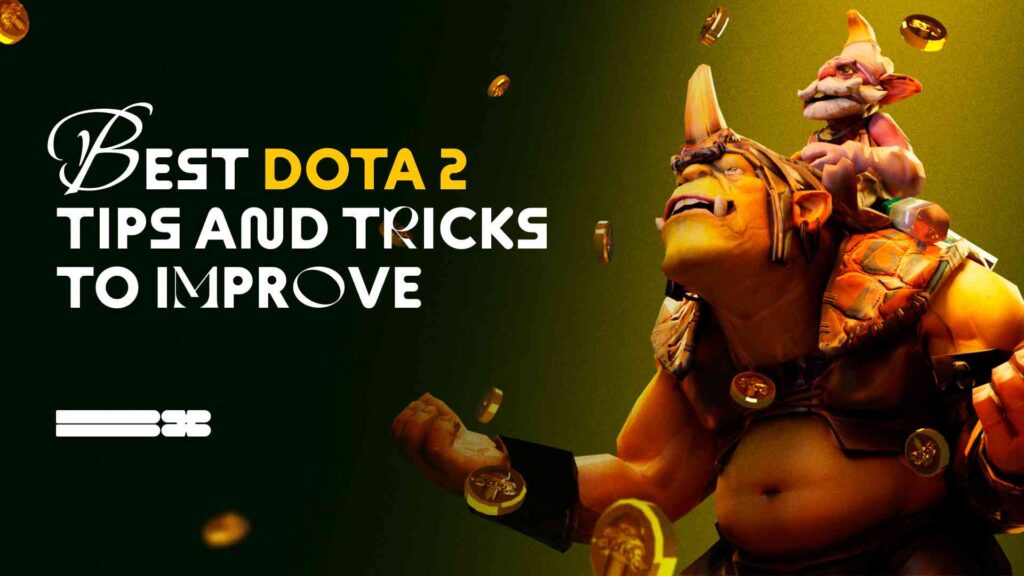Dota 2, a highly strategic and competitive game, is renowned for its complexity and the depth of skills required to master it. From understanding the basic mechanics to grasping advanced strategies, the journey to becoming proficient can be daunting for new players. Recently, we wrote about the best Dota players of 2023 – and this guide aims to ease that journey by providing essential tips and advice for beginners, ensuring a solid foundation to build their gaming skills.
Whether learning to last hit, mastering a specific hero, or knowing when to push for objectives, these insights will help pave the way for a rewarding Dota 2 experience. But remember: however good the play, hardware settings are no less unimportant – check our material for improving FPS in Dota 2, for instance.
Contents
- 1 Highlights
- 2 Top Dota 2 Tips
- 3 Stay Updated with Patch Notes
- 4 Master the Minimap
- 5 Decide and Concentrate on the favored position
- 6 Master Communication Tools
- 7 Roaming and Ganking
- 8 Creep Pulling and Stacking
- 9 Block and Stack Jungle Camps
- 10 Watch and Learn from Replays
- 11 Prioritize Objectives Over Kills
- 12 Play and Practice Consistently
- 13 Summary
Highlights
- The most needed Dota 2 tips list
- Detailed explanation of each piece of advice
Top Dota 2 Tips
- Stay Updated with Patch Notes
- Master the Minimap
- Choose and Concentrate on the favored position
- Master Communication Tools
- Roaming and Ganking
- Creep Pulling and Stacking
- Block and Stack Jungle Camps
- Watch and Learn from Replays
- Prioritize Objectives Over Kills
- Play and Practice Consistently
Stay Updated with Patch Notes
Regularly reviewing patch notes is essential to keeping up with Dota 2’s evolving landscape. Each update can change hero abilities, items, and overall game dynamics, impacting strategies and gameplay. Players should adapt their playstyle and hero preferences based on these changes to stay competitive. This includes reading the updates and watching commentary and analysis from top players to understand the implications of each patch.
Master the Minimap
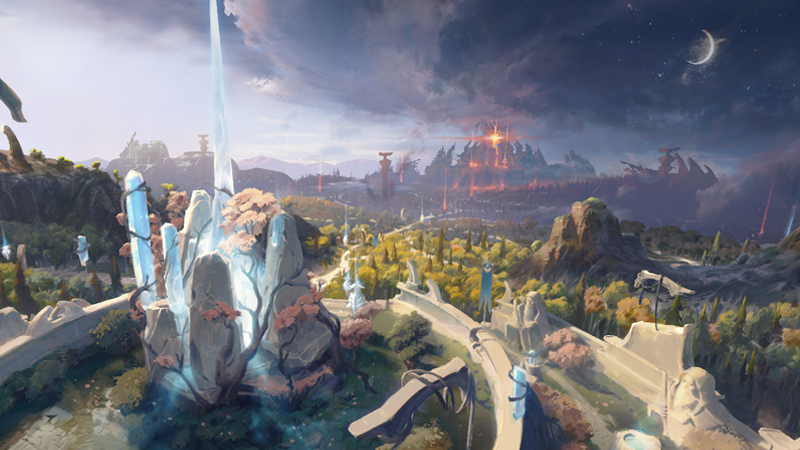
Improve in Dota 2 – Minimap part
The minimap in Dota 2 is a crucial tool that offers a condensed view of the game map, showing the position of allies, enemies, structures, and other markers. Effective use of the minimap distinguishes novices from expert players.
Visibility and Awareness
Check the minimap regularly to spot enemy movements, avoid ganks, and identify opportunities. Monitor it every few seconds to stay aware of potential threats and opportunities.
Strategic Decisions
The minimap is vital in Dota 2 for strategic decision-making, lane pushing, retreating, warding, and team fights. It helps to make better decisions and stay ahead of your opponents.
Predicting Enemy Movements
The pros predict enemy moves based on minimap patterns. If you’re missing enemies on the map, expect a gank. If the foe is visible, it’s safe to push.
Using Visual and Audio Cues
Dota 2 has customizable minimap settings, including icon size, color, and event audio cues. These settings help players quickly recognize events during fast gameplay. Alternatively, you may use the second monitor, as some advices suggest.
Practice and Reflex Development
To improve your minimap proficiency, practice checking it frequently. Challenge yourself to check the minimap often while playing; soon, it will become a natural part of your gameplay.
INSTANTLY Improve in Dota 2 with these SIMPLE SETTINGS! by BalloonDota
Decide and Concentrate on the favored position
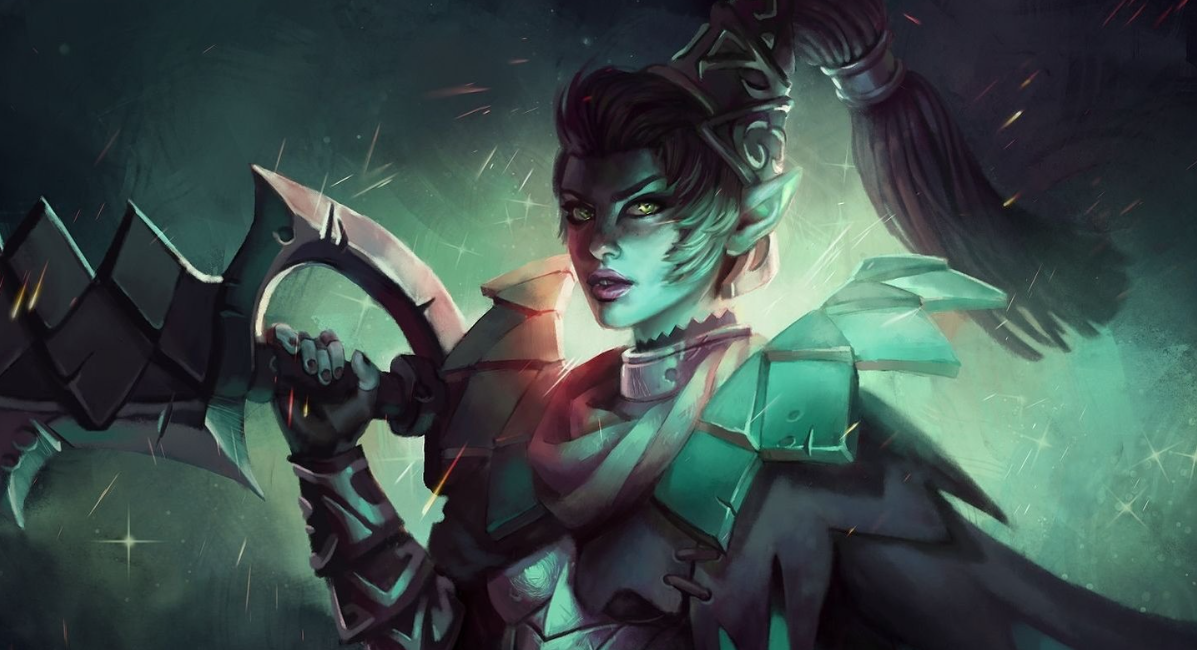
Dota 2 Position and Roles Fully Explained for Beginner
In Dota 2, selecting a position requires a deep understanding of its strategic importance and mastery of the necessary skills. The five main positions are Carry, Midlaner, Offlaner, Soft Support, and Hard Support, each with unique responsibilities and challenges.
Carry (Position 1)
The Carry role involves efficient farming and gaining the power to lead the team later. This requires excellent last-hitting skills, risk assessment, and knowing when to join fights or continue farming.
Midlaner (Position 2)
The Midlaner operates solo in the middle lane, benefits from levels, and can gank other lanes. They secure runes, manage wave control, and duel the opposing midlaner. Their role is crucial for controlling the game’s tempo and determining the match’s outcome.
Offlaner (Position 3)
The Offlaner role requires resilience, resourcefulness, and survival skills in challenging conditions, as they often face a numerical disadvantage while disrupting the enemy’s farm.
Soft Support (Position 4)
The roaming support assists in the offlane and moves around the map, creating opportunities for kills, setting up the vision, and being a nuisance to the enemy. This role demands versatility and an excellent understanding of game dynamics and timings. Soft Support, however, is hard – as seen in Reddit discussions.
Hard Support (Position 5)
The Support role helps the Carry farm safely in the early game by warding, de-warding, and controlling lane equilibrium. They often sacrifice personal gain for the team’s benefit, buying items and ensuring the Carry’s progression.
Dota 2 Beginners Guide Introduction [Roles] 2023 by Xih Gaming
Master Communication Tools
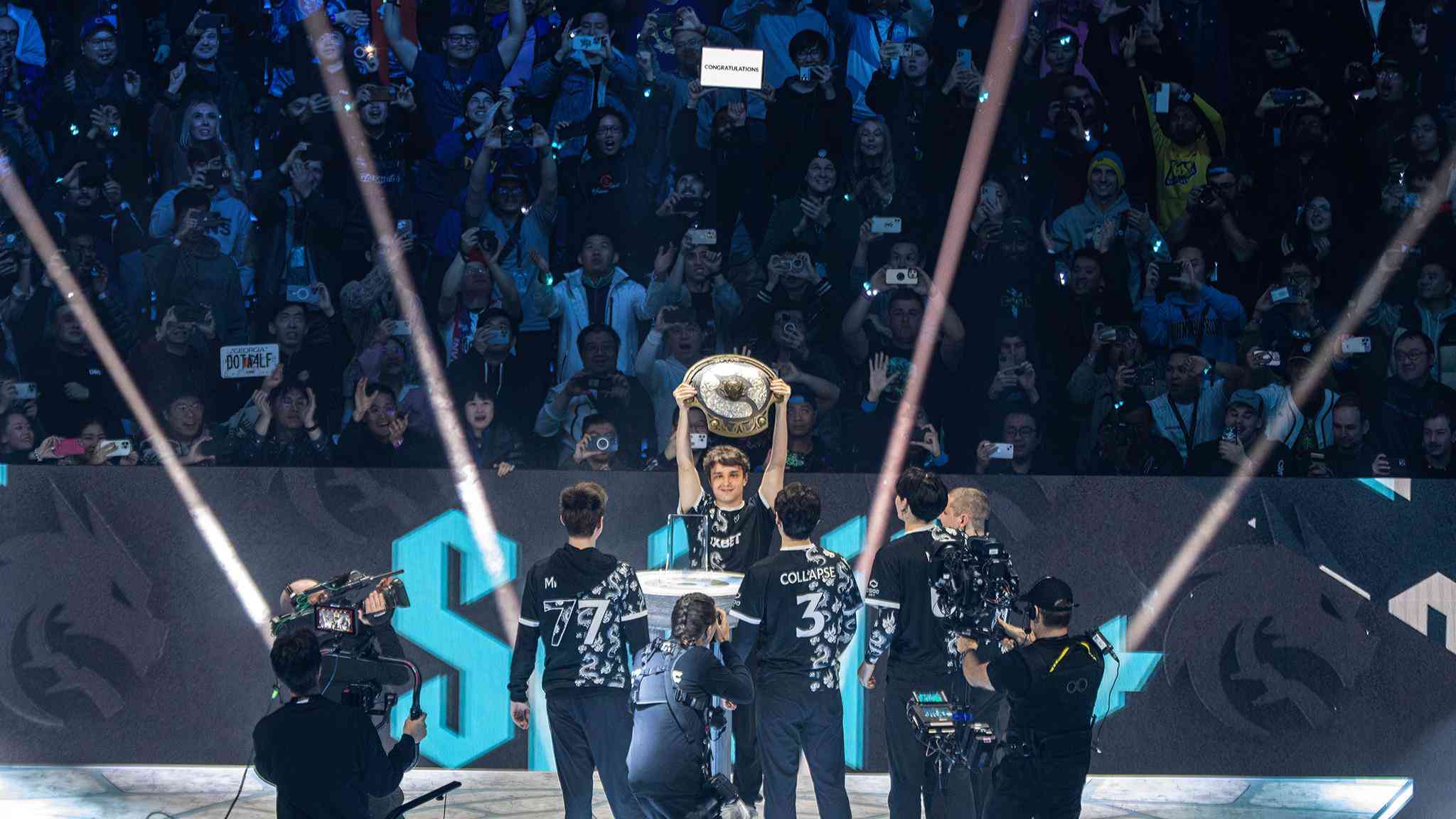
Good communication is crucial in Dota 2. Quick reactions and coordination are necessary, so use communication tools like pings and the chat wheel.
Using Pings Effectively
Pings are quick signals that convey messages, like warnings or attack targets. They prevent chat overload and help players focus on gameplay while receiving critical info. For example, a ping (Alt+Mouse left click) on an enemy hero alerts teammates to focus it while pinging (Shift+Alt+Mouse Left Click) warns of potential risks or retreat.
Customizing the Chat Wheel
Chat wheel is a gaming feature that sends pre-selected messages quickly. Customize it for better communication with teammates who don’t speak your language.
Strategic Communication
Beyond the immediate tactical uses, effective communication also involves strategic discussions about game plans, item builds, and role assignments before and during the match. This includes agreeing on overall team strategies, like focusing on early-game dominance or planning for late-game strength.
Learning from Pros and Streamers
Watching pro players and streamers can teach effective communication. They often share sessions where they communicate with their team to coordinate complex strategies smoothly. Read related materials – but choose authorities!
Building a Positive Communication Environment
In Dota 2, maintaining a respectful and positive communication environment can turn game-losing situations around. Encouraging teammates, acknowledging good plays, and providing constructive criticism can boost team morale and performance.
How To Communicate Properly In Dota 2 Pubs
Roaming and Ganking
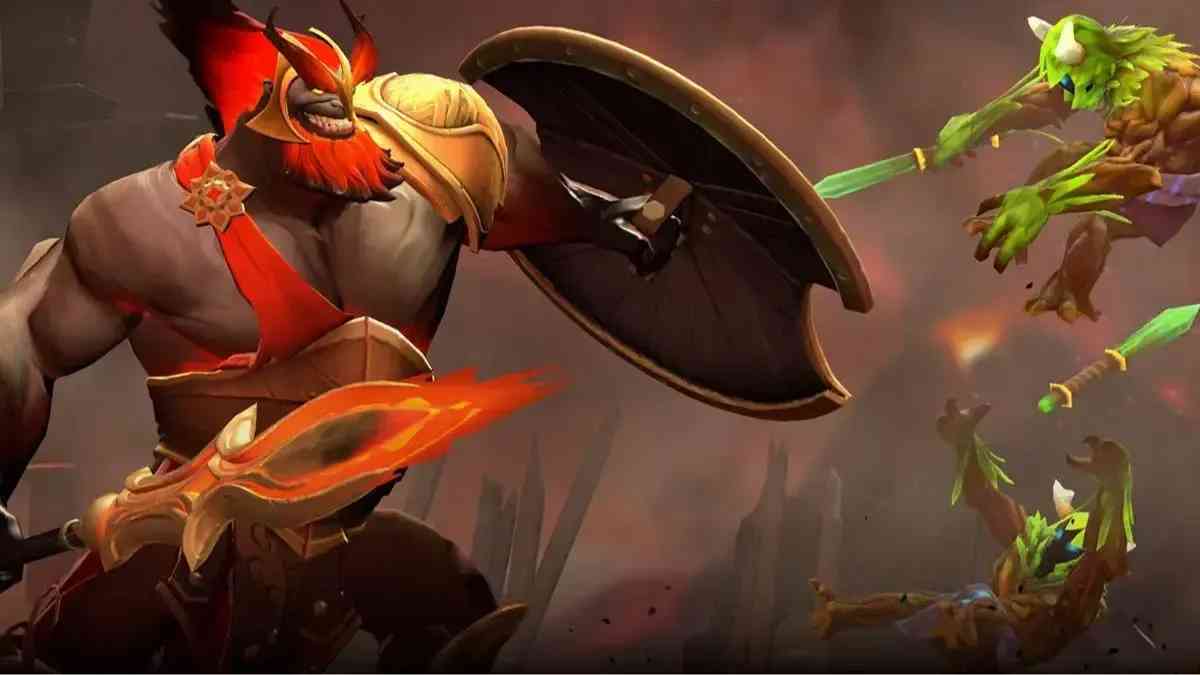
In Dota 2, roaming and ganking involve leaving your lane to help teammates secure kills and shift the game’s balance.
Understanding Roaming and Ganking
Understand the game flow to roam effectively. Surprise and timing are crucial for successful ganks. Gank when enemies are overextended or when their abilities are on cooldown.
Timing and Map Awareness
Good roamers have excellent map awareness, timing, and communication skills. They avoid vision wards, watch for missing enemies, and roam when lanes are pushed in their favor.
Choosing the Right Hero
Roaming in Dota 2 requires heroes with strong early-game abilities, mobility, and disables. Earth Spirit, Mirana, and Pudge are examples of heroes with toolkits that allow them to initiate successful ganks. And consult specific forum topics indeed. Understanding your hero’s strengths and limitations is crucial to maximizing your effectiveness as a roamer.
Impact on the Game
Successful roaming can impact the game by giving advantages to gold, exp, and map control. Wrong roaming wastes time and resources and puts your team at a disadvantage. Make calculated moves and avoid aimless roaming.
Learning from Each Game
To be successful at roaming and ganking in Dota 2, it is essential to review replays of past games to learn from both successful and failed ganks. Watch higher-level players and pay attention to their positioning, vision usage, and coordination with teammates.
Epic Nonstop Roaming & Ganking By A Pos 5 Pudge | by Pudge Official
Creep Pulling and Stacking
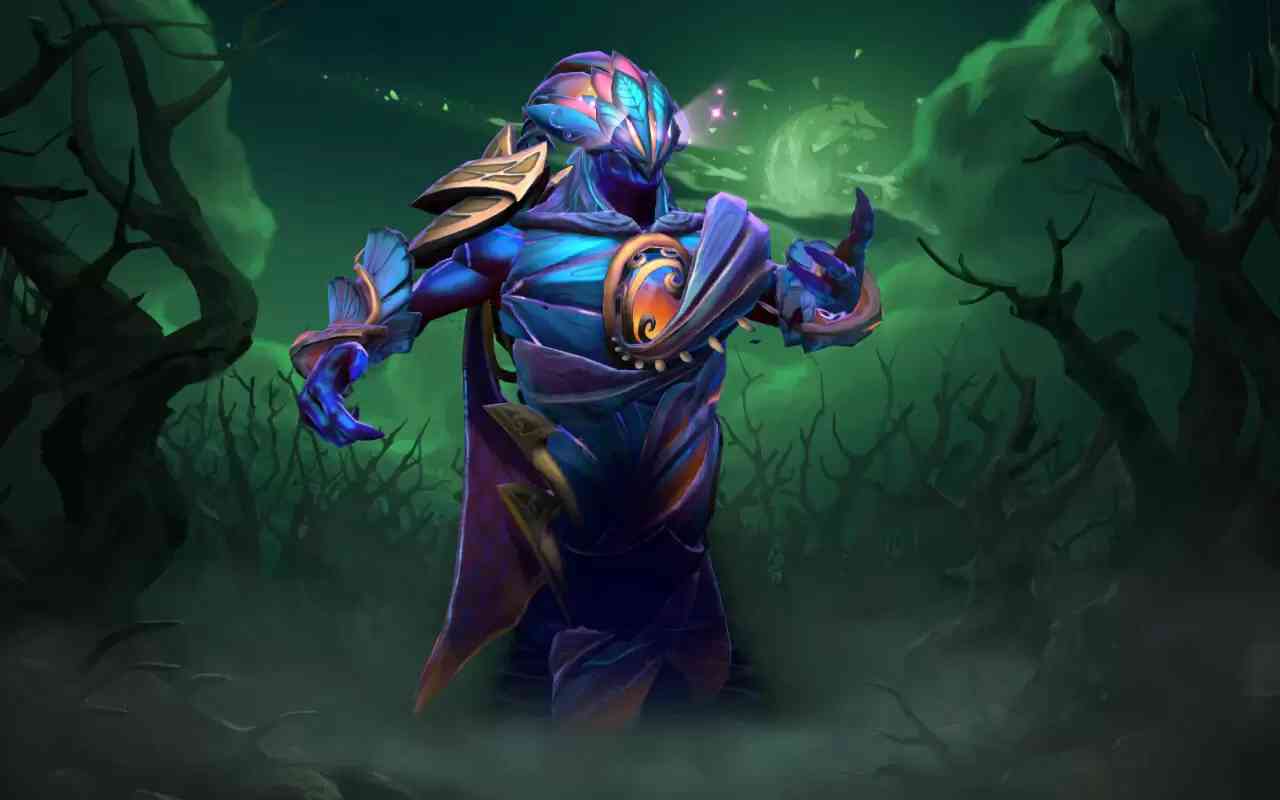
Creep pulling and stacking in Dota 2 can impact lane control and resources, leading to a better game economy.
What is Creep Pulling?
Creep pulling diverts allied creeps to fight neutral creeps in the jungle, denying opponents XP and gold. It also provides safety and positional advantage by moving the battle closer to your tower.
Executing a Successful Pull
To pull effectively, time your interaction with jungle creeps as your lane creeps approach them. The objective is to divert jungle creeps towards your lane creeps, away from the enemy tower. Timing is critical – pulling too early or late can disrupt the balance.
What is Creep Stacking?
Creep stacking is used in Dota 2 and League of Legends to increase farming resources. Deductive players may explore according Reddit topics – but in short, it involves accumulating multiple sets of neutral creeps in a single jungle camp by drawing existing creeps out before new ones spawn. This provides a burst of gold and experience for your team’s cores.
Strategic Implications of Stacking
Stacking helps farm heroes who can clear groups of creeps with AoE abilities. Supports usually do it to boost their team’s economy without taking Lane Farm.
Integrating Pulling and Stacking in Gameplay
In Dota 2, pulling and stacking require practice, game clock awareness, and team communication. Let your teammates know when and where you have stacked for efficient farming and increased gold and experience leads.
Learning and Adapting
Review top players’ replays to learn how they execute strategies in different contexts and adapt to various game situations. Each match presents an opportunity to refine your creep manipulation tactics.
DotA 2 Pulling and Stacking guide – 7.27c
Block and Stack Jungle Camps
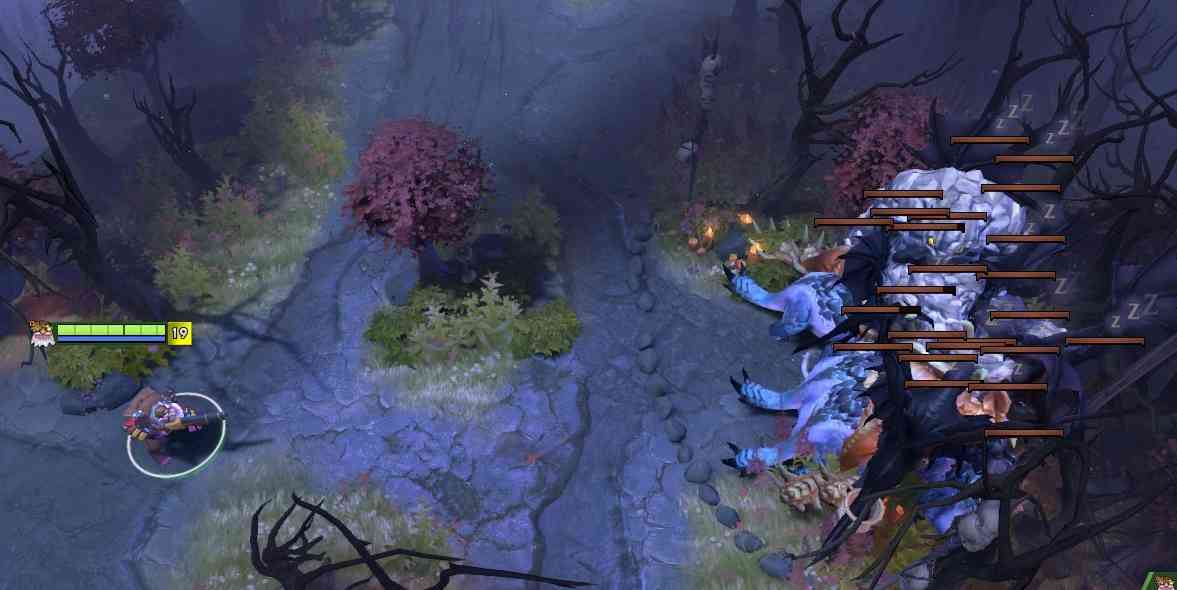
Jungle camp blocking and stacking in Dota 2 are strategic maneuvers that affect resource control. These tactics involve manipulating the neutral creeps’ spawning to deny or enhance resources.
Understanding Camp Blocking
Blocking jungle camps is done by placing an object in the spawn box, like an observer, sentry ward, or hero. This denies the enemy farming opportunities and experience, mainly if they rely on jungle farming.
Effective Blocking Techniques
To block effectively, understand the spawn boxes of neutral camps. Obstructing these boxes at spawn time prevents creeps. Place wards or stand in the boxes to disrupt the enemy’s farming and slow their progress. And, once more – the topic as a whole is quite popular on Reddit. It’s worth checking.
The Art of Stacking Camps
Stacking involves:
- Pulling the neutral creeps from the camp just before their scheduled spawn time.
- Causing them to chase you out of the spawn box.
- Allowing a new set of creeps to spawn.
Properly executed stacking can double, triple, or even quadruple the resources available in a single camp, significantly boosting your team’s cores later in the game.
Stacking for Strategic Advantage
Stacking is beneficial when your team has heroes with AoE abilities that can clear multiple creeps quickly. This maximizes farming efficiency and accelerates the economic growth of your team’s carry heroes, leading to faster accumulation of game-changing items.
Combining Blocking and Stacking
Block and stack strategies can be used together for greater depth. For example, you can block enemy camps and stack your own to gain an economic advantage.
Practical Implementation and Adaptation
Implementing these strategies requires practice and timing precision. Depending on your team’s composition and the state of the game, each game may call for different approaches. Communicating with your team about when and where you are stacking or blocking can help maximize the effectiveness of these strategies.
How to Stack Camps in Dota 2 2024? | by GamingBasis
Watch and Learn from Replays
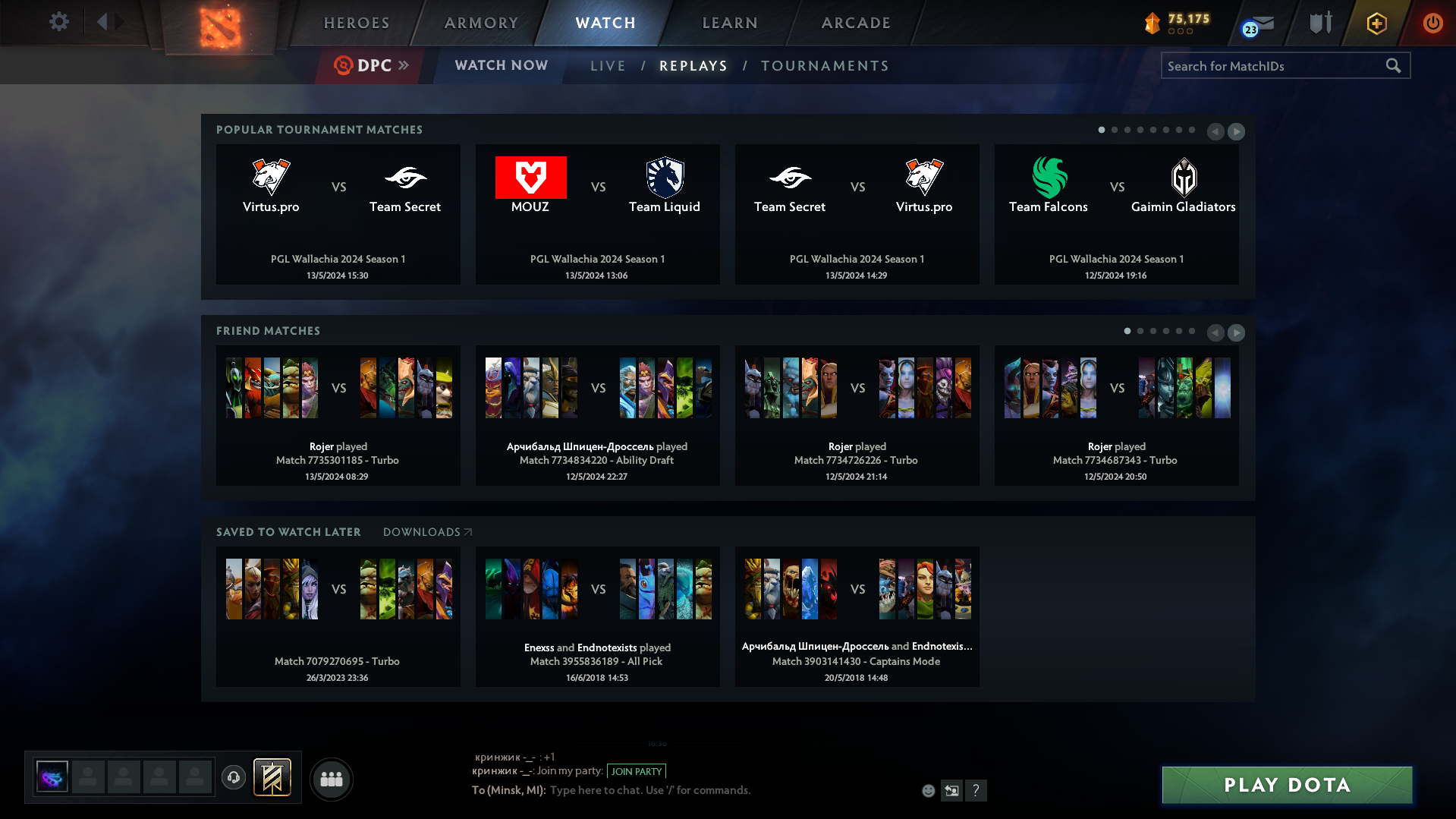
Watching replays is essential for improving your Dota 2 skills. It lets you analyze gameplay, learn from mistakes, and develop successful strategies. Self-evaluation and learning from others are crucial to evolving as a player.
Self-analysis Through Replays
To improve your gameplay, review the critical moments in your replays that decided the game’s outcome. Look for missed opportunities and poor decision-making, and analyze your mechanical execution and timing. This will help you identify areas for improvement in future games.
Learning from High-level Gameplay
Watch replays of professional players and high-ranking matches to learn how they position themselves in lanes, manage vision and map control, their item choices, and timing for joining fights or securing objectives. This can give you a deeper understanding of the game’s strategic layers.
Specific Focus Areas
To improve in Dota 2, identify specific areas to work on, like farming, team fighting, or hero mechanics. Watch replays that focus on these areas to grasp advanced concepts. To master a new hero, watch replays that focus on that hero to learn different styles and approaches. And it never hurts to read specific discussions – to focus.
Using Tools and Resources
Dota 2 offers various tools to enhance replay watching, such as different player perspectives, event highlighting, and variable playback speed. Use these to catch details that are easy to miss.
Group Review Sessions
Reviewing game footage collaboratively with teammates or a coach can lead to diverse perspectives and strategies, improving team-based learning and performance.
How to Download Match Replay in Dota 2? | by GamingBasis
Prioritize Objectives Over Kills
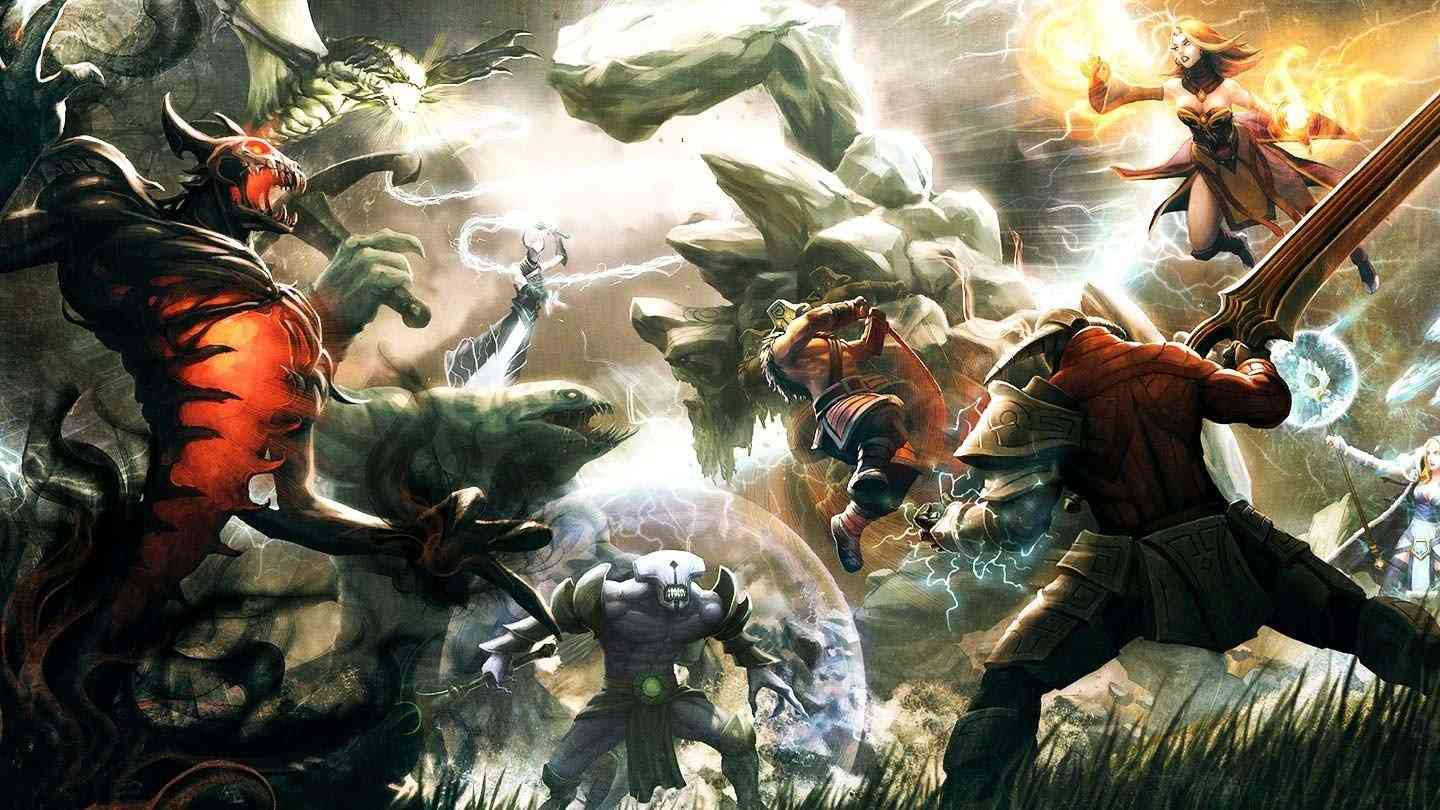
In Dota 2, strategic objectives like towers, barracks, and Roshan lead to victory by providing map control, resource allocation, and pressure.
Understanding Game Objectives
Dota 2’s primary objectives are to destroy enemy towers, barracks, and ancient, secure Roshan, and control outposts for vision and experience. These goals are pivotal for strategic control and defensive positioning.
Objective-Based Decision Making
In Dota 2, successful players prioritize objectives over kills. For example, taking a free tower, securing Roshan, or denying enemy resources can be more beneficial than chasing an enemy hero. This requires discipline and a strategic mindset.
Risk vs. Reward
Every killing must have its priority. Kills give temporary advantages, but objectives provide permanent ones. So, weighing the potential benefits of a kill against what could be achieved elsewhere on the map during that time is essential.
Team Coordination
Team coordination is vital for prioritizing objectives. This involves creating a vision, sharing enemy locations, and planning engagements around timings. Effective teamwork ensures success.
Adapting to Situations
Objectives are the game’s main focus, but killing can help achieve larger goals. Eliminating an opponent can provide an opportunity to take an objective safely. Adapt your strategy based on the current state of the game. Assess whether kills lead to objective opportunities or if it’s better to focus directly on objectives.
Play and Practice Consistently
Practice regularly to improve at Dota 2. Refine skills, deepen understanding, and enhance strategic thinking. Set a schedule, focus on improvement areas, and play various roles for a well-rounded skill set.
DOTA For Noobs: Map and Objectives
Summary
In Dota 2, new players often overlook the psychological aspect, including stress management and toxicity in the community, which can impact performance and teamwork. Adapting to the evolving meta-game, understanding the drafting phase, and engaging with the game’s rich lore can enhance the experience. While gameplay skills are crucial, attention to these subtler aspects can make you a well-rounded player.


